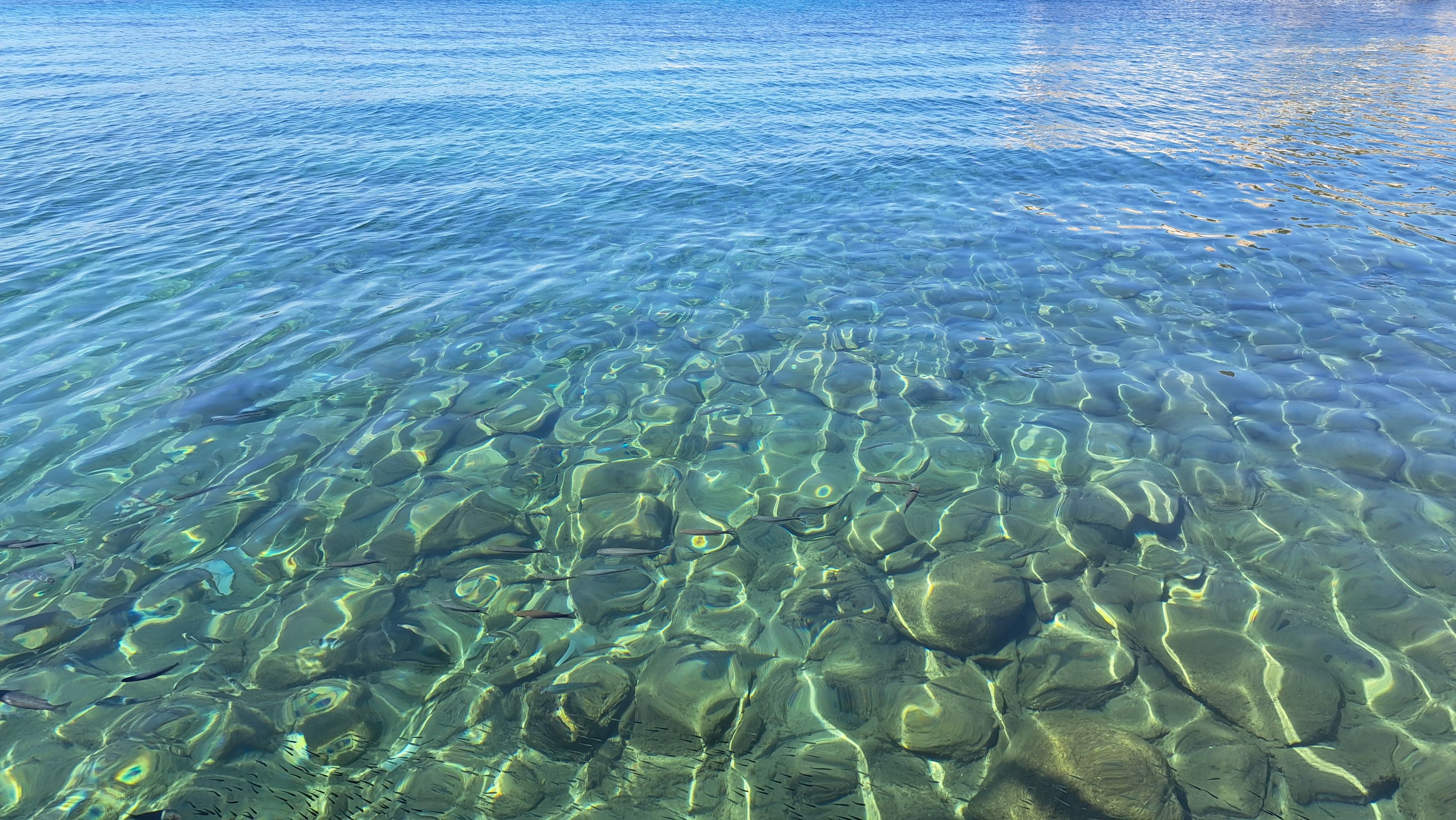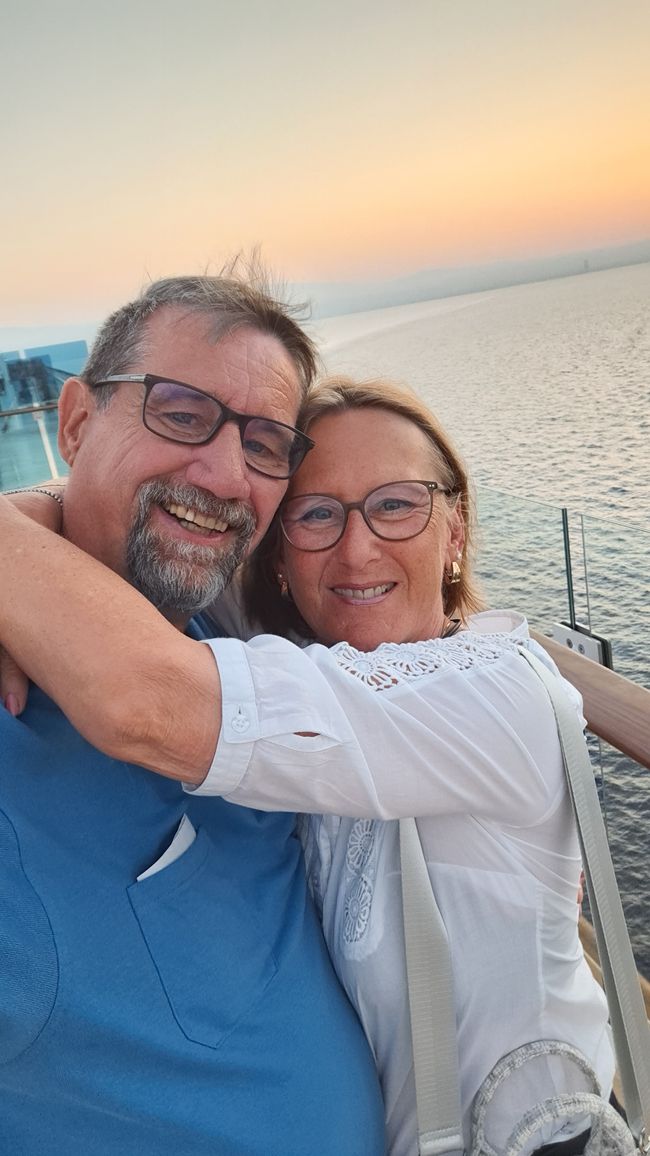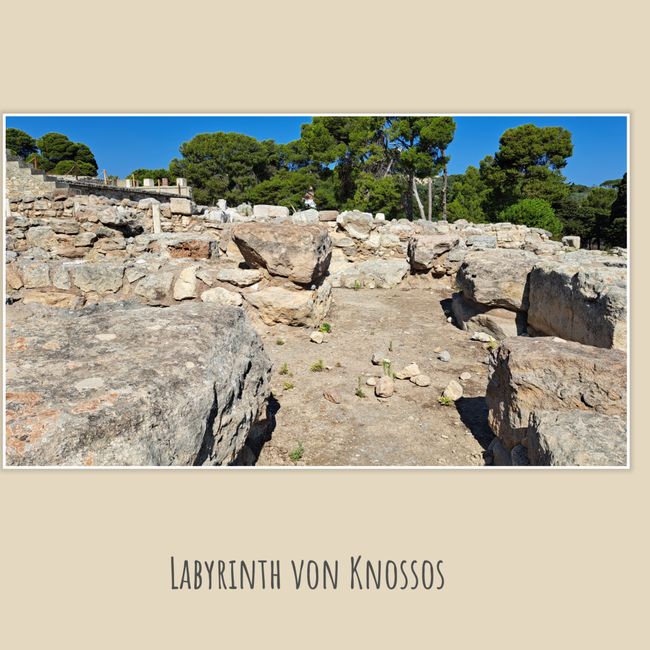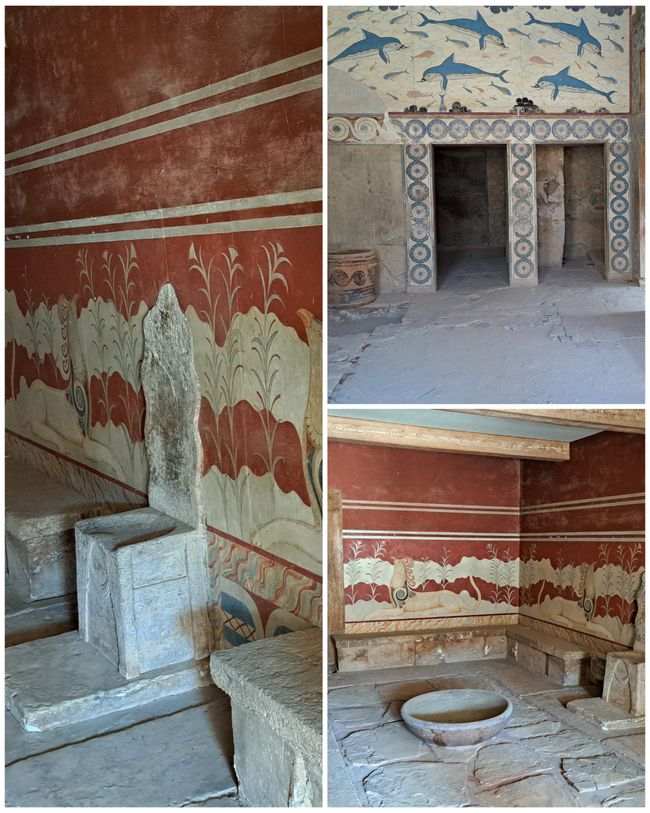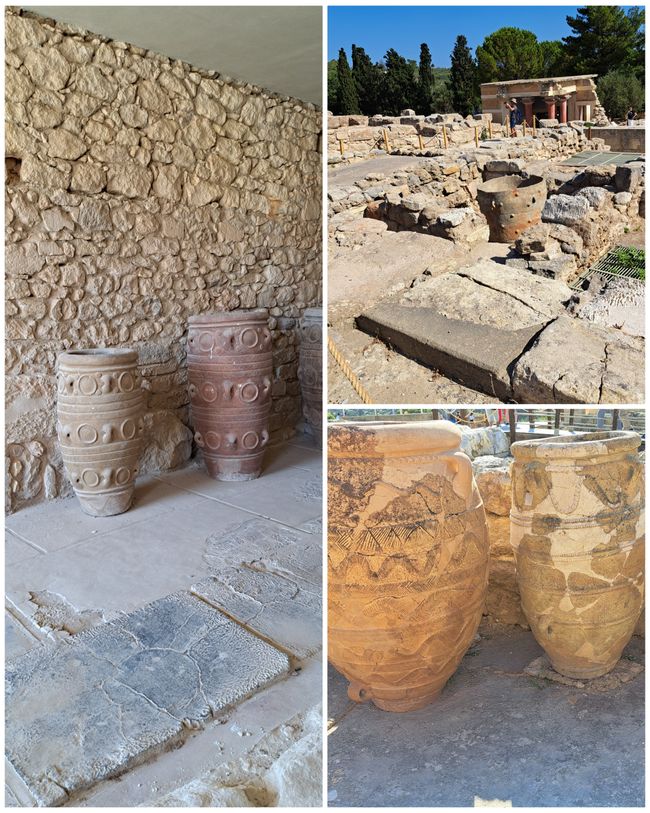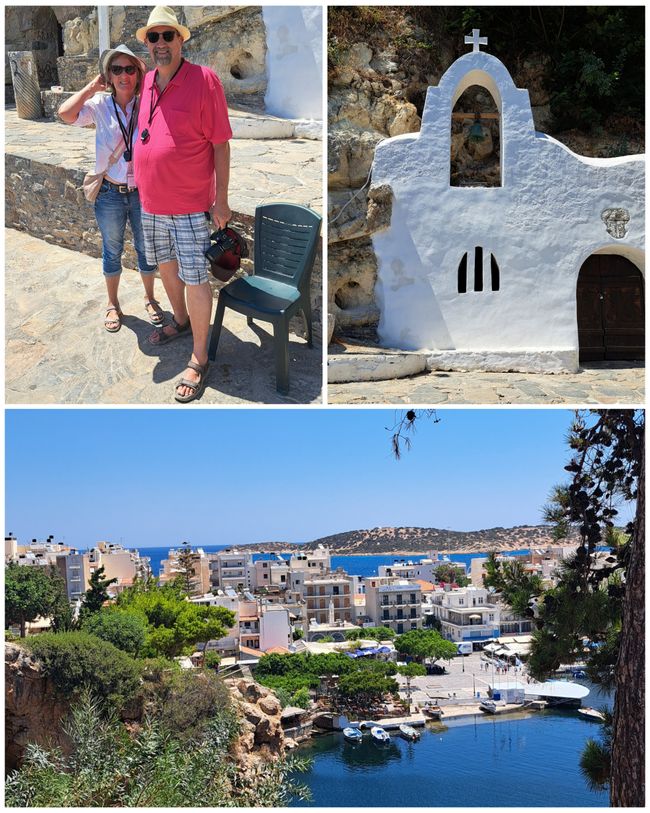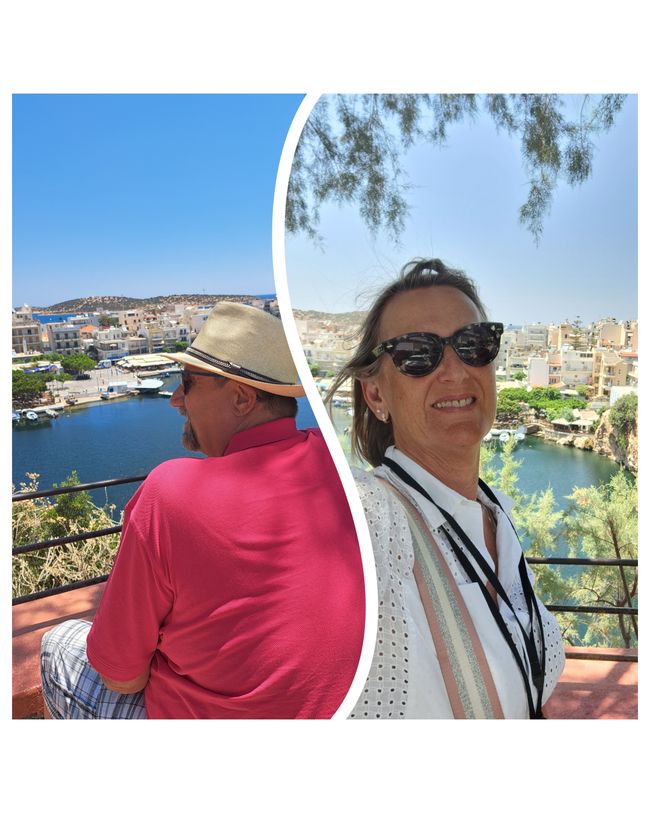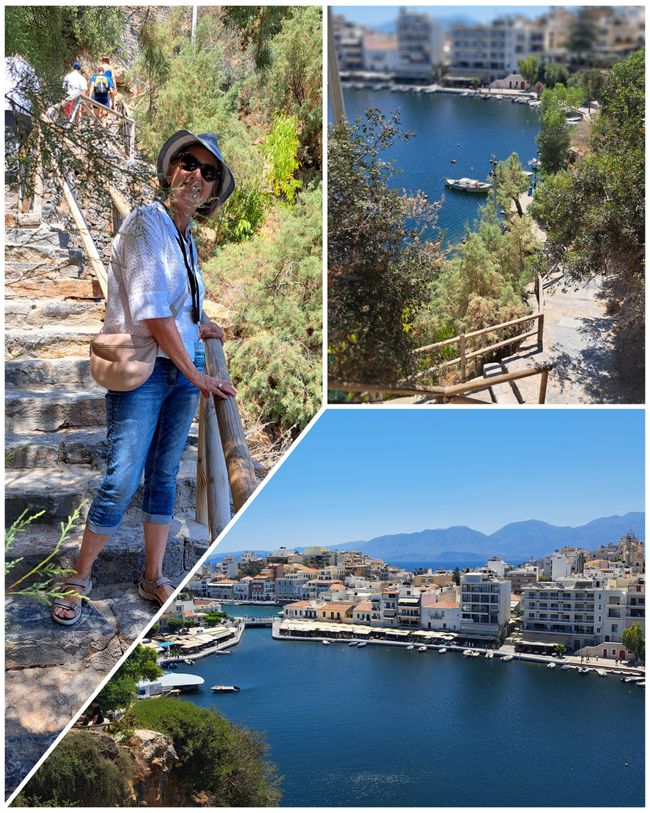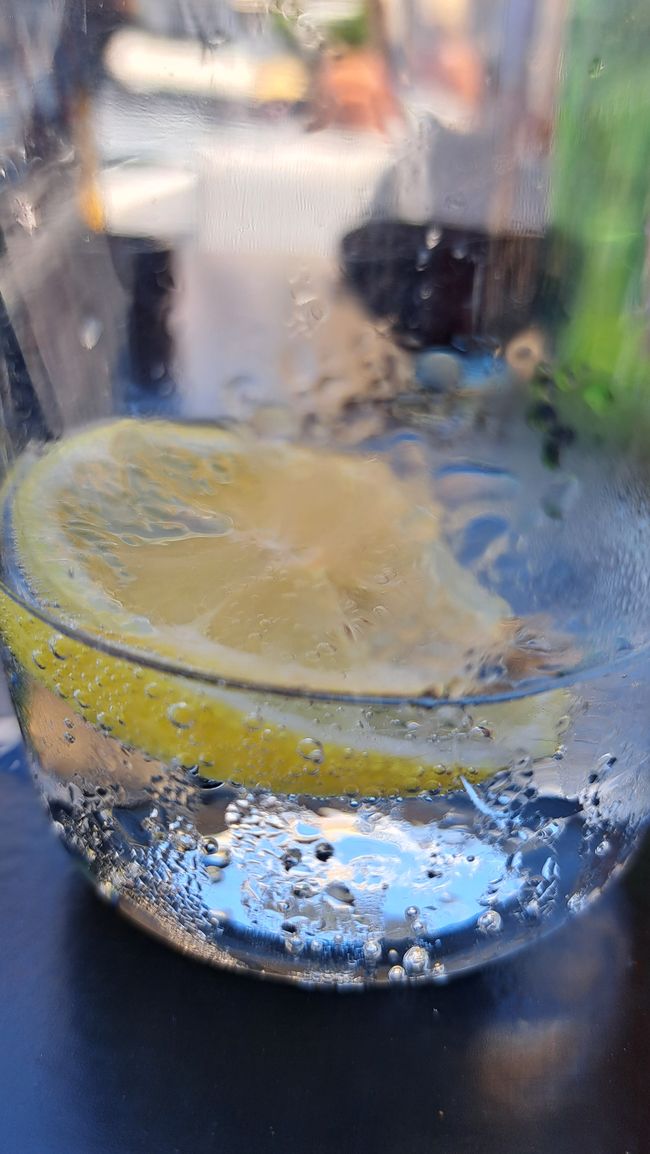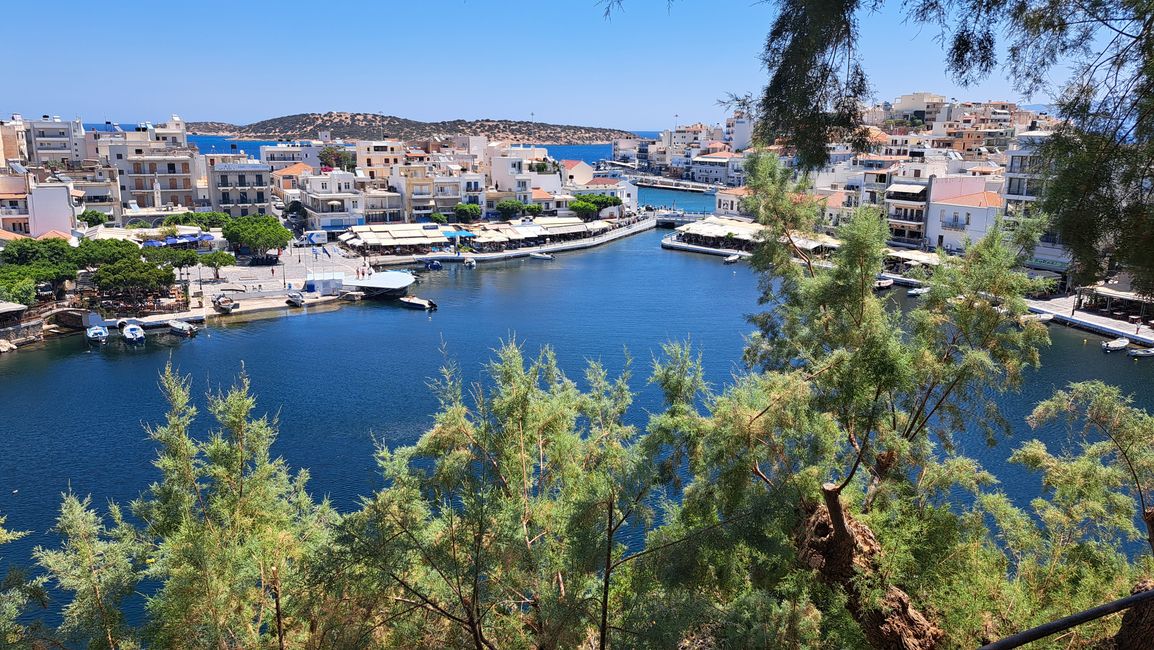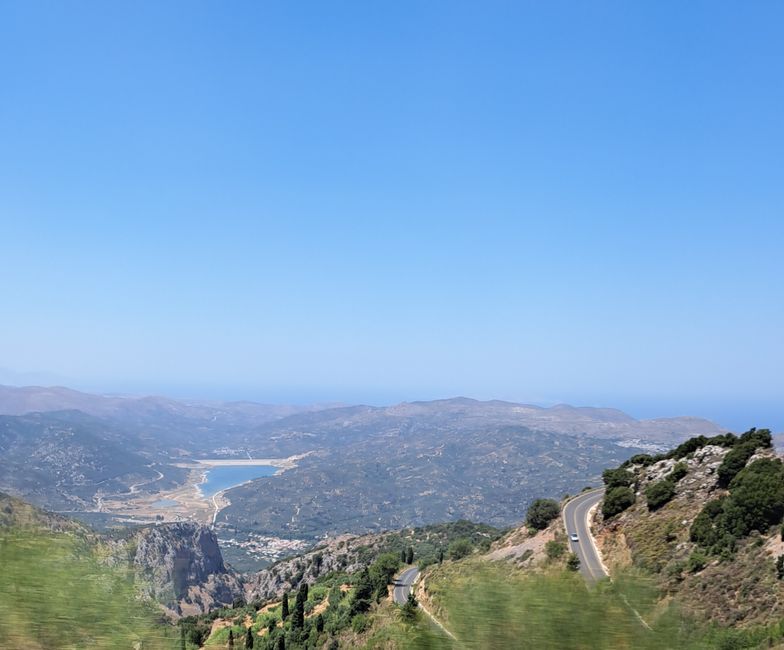Kreta - Heraklion - Knossos
Diterbitkan: 12.07.2024
Today we arrived at the port of Heraklion.
Crete is the largest of the Greek islands and the fifth largest in the Mediterranean Sea in the southern Mediterranean.
Temperatures are still at 29°. Later they rose to 32°.
We set off early in the morning, after a good breakfast, packed with sun protection and water, for a trip to Knossos.
Knossos is a historically significant place south of the Cretan capital Heraklion. Knossos is one of the cultural attractions on the island of Crete.
The English archaeologist, Sir Arthur Evans, began the excavations in 1900 and after about five years he started to reconstruct. Unfortunately, he used too much concrete. Apparently, the locals are not very happy about this. Other renowned archaeologists therefore call Knossos the Disneyland of Knossos.
We were able to get a good idea of what the palace looked like based on the remaining rocks and frescoes and with the help of our knowledgeable tour guides.
The architecture of the palace complex is considered to be unique in its kind: many of the halls and courtyards are connected by winding corridors and stairs, mainly due to the labyrinth-like structure. The warehouses and storerooms with their pithoi vessels, some of which are as tall as a man, are also impressive. In those days olive oil, wine or grain were stored in them. Remains of the fascinating water system that ran through the entire palace can be found everywhere on the site.
Palace of the Minoans - According to tradition, it was the seat of King Minos and the capital of his state. The fascinating myths of the labyrinth with the Minotaur and Daedalus are connected to the area of the Palace of Knossos.
King Minos took the death of his son Androgeos in a sporting competition in Attica as an opportunity to compel the Athenians to pay a tribute of seven youths and seven virgins to the Minotaur every nine years. Prince Theseus voluntarily joined the hostages to kill the Minotaur. When he met King Minos' daughter Ariadne after his arrival in Crete, they fell in love. Theseus confided his intention to her and she promised to help him if he would marry her and take her to Athens. When he agreed, she gave him Daedalus' magic ball of wool, which he could use to find his way out of the labyrinth at any time. With the help of the gods, Theseus managed to kill the Minotaur, which he sacrificed to Poseidon; together with Ariadne and his fellow hostages, he then fled to Naxos, supported by the gods.
After the tour we continued to Lake Voulismeni.
Lake Voulismeni is a round-shaped former freshwater lake in the town of Agios Nikolaos. In 1870, it was connected to the town's seaport by a canal. According to mythology, the goddess Athena is said to have taken a bath in the lake
We drove along serpentines to the Lasithi plateau.
Here we had a typical local lunch (not true, the Greeks only eat this at around 10pm) in the Kourites Tavern. The food is only prepared for tourists at lunchtime.
Jawab
